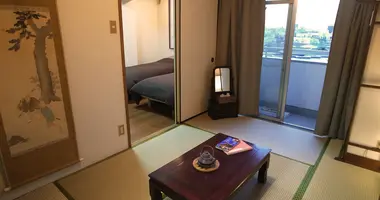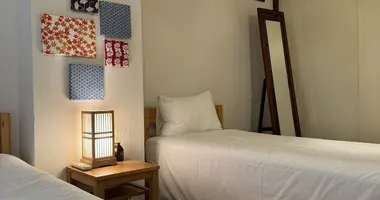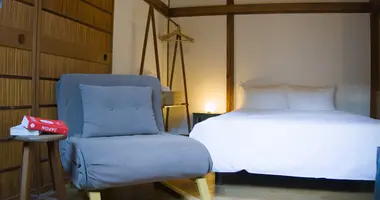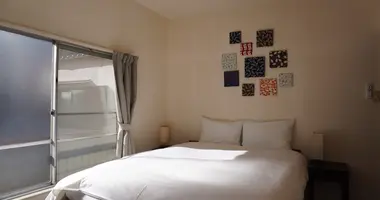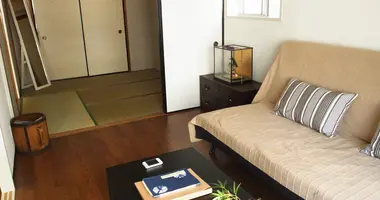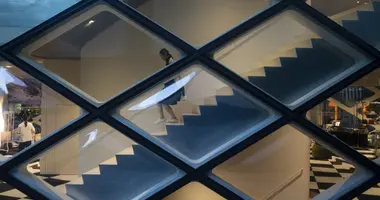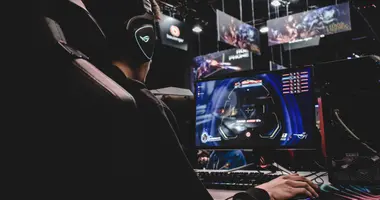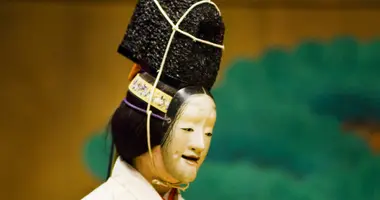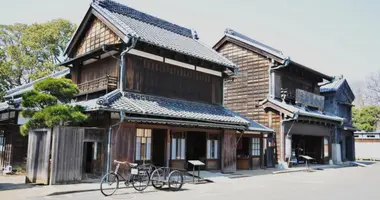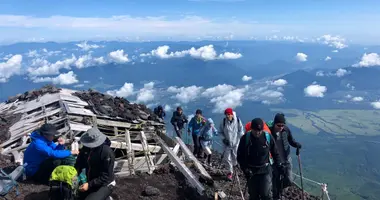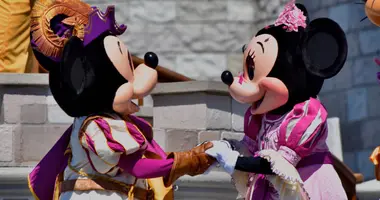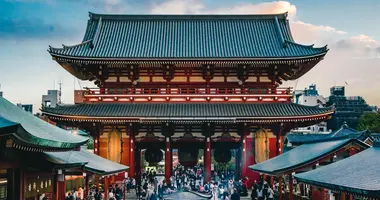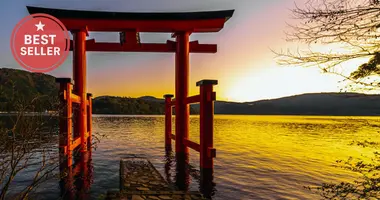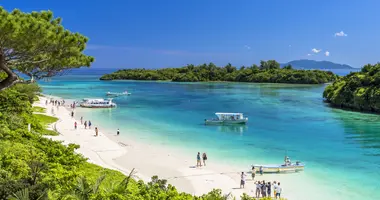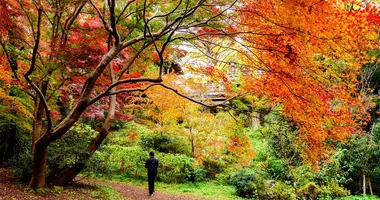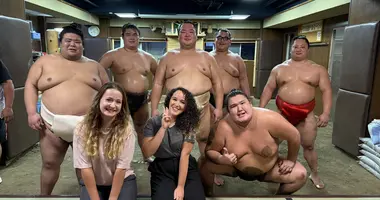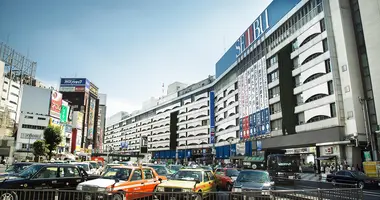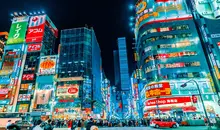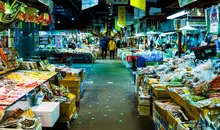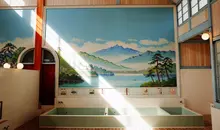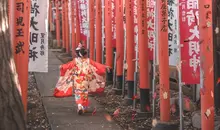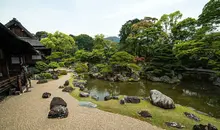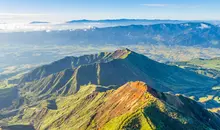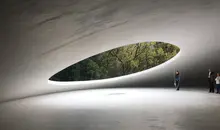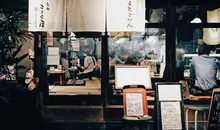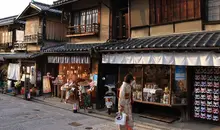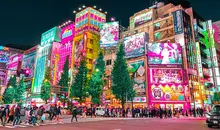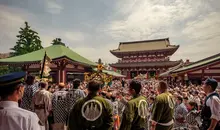Fukagawa Tokyo: A journey through time in the heart of shitamachi
- Published on : 24/03/2024
- by : Japan Experience
- Youtube
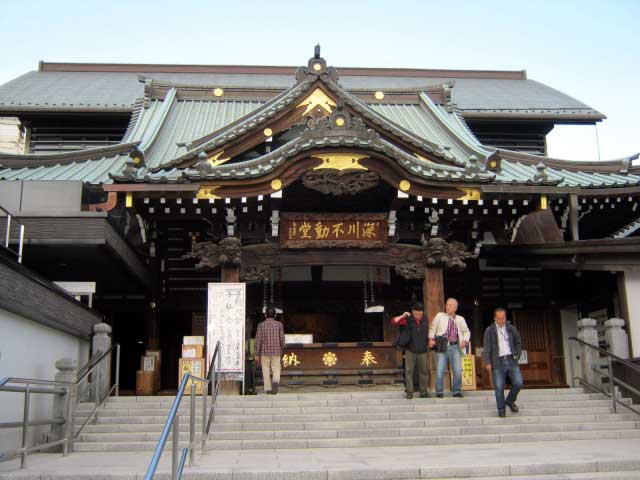
Fukagawa Fudo-Do
Nestled in the eastern part of Tokyo, Fukagawa stands as a living testament to the city's rich history and traditional charm. Just 3 kilometers east of the Imperial Palace and Tokyo Station, this historic neighborhood in Koto ward offers visitors a captivating glimpse into the soul of old Edo. With its laid-back atmosphere, historic temples, and authentic local cuisine, Fukagawa invites you to step back in time and experience the essence of Tokyo's shitamachi (downtown) culture. From the tranquil beauty of Kiyosumi Teien Gardens to the bustling energy of traditional festivals, Fukagawa promises an unforgettable journey through the heart of Tokyo's cultural heritage.
Discovering Fukagawa: A glimpse into Tokyo's traditional shitamachi
As you wander through the streets of Fukagawa, you'll find yourself immersed in the nostalgic charm of old Tokyo. This historic merchant district, which flourished during the Edo period (1603-1868), retains much of its traditional character. Fukagawa Edo Museum offers a fascinating window into the past, with its meticulously recreated scenes of 19th-century life. Here, you can explore a replica of an old Edo neighborhood, complete with period-accurate buildings, streets, and even lavatories.
One of the area's crown jewels is the Kiyosumi Teien Gardens, a stunning example of a traditional Japanese landscape garden. As you stroll along its winding paths and cross stone bridges, you'll be transported to a world of serene beauty. The garden's central pond, teeming with colorful koi and surrounded by carefully manicured flora, offers a peaceful retreat from the urban bustle.
For those seeking spiritual enlightenment, Fukagawa boasts several noteworthy temples. The Fukagawa Enma-Dotemple, with its striking blue-tinted interior, offers a unique blend of traditional and modern aesthetics. Meanwhile, the Narita-san Fukagawa Fudo-Do temple is known for its goma fire purification rituals, providing visitors with a glimpse into esoteric Buddhist practices.
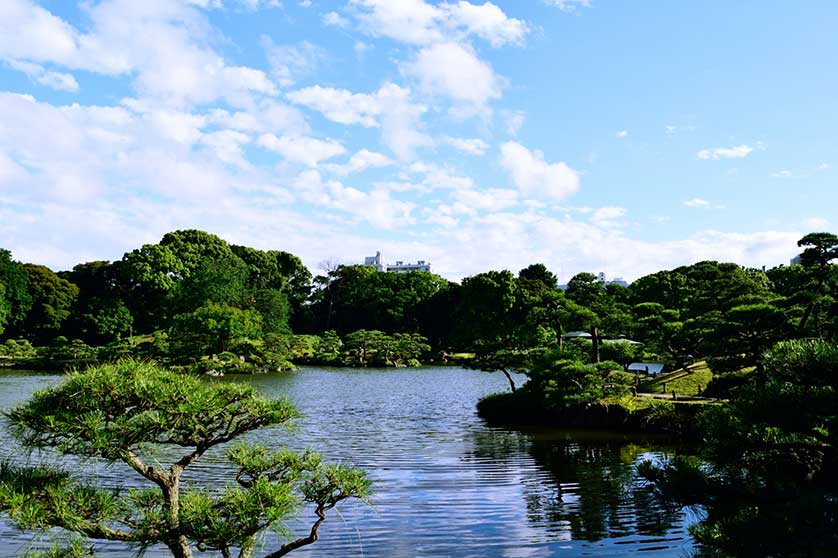
Kiyosumi Teien Garden in the rainy season
Culinary delights: Savoring Fukagawa-meshi and local specialties
No visit to Fukagawa would be complete without indulging in its famous local dish, Fukagawa-meshi. This hearty meal, consisting of a bowl of rice topped with miso-based soup filled with asari clams and chopped green onions, has been satisfying appetites since the Edo period. Originally created as a quick and nutritious meal for local fishermen, Fukagawa-meshi has become a beloved staple of the area's culinary scene.
As you explore the neighborhood, you'll find numerous restaurants and cafes serving this iconic dish, each with its own unique twist. Some establishments offer a modern interpretation, cooking the clams and rice together, while others stay true to the original "bukkake" style, where the steaming sauce is poured over a bowl of plain rice.
Beyond Fukagawa-meshi, the area's culinary landscape is diverse and enticing. Eitai-dori Avenue is lined with a variety of eateries, from traditional Japanese izakayas to modern cafes. Don't miss the opportunity to sample fresh sushi, as Fukagawa's proximity to the former Tsukiji fish market ensures an abundance of high-quality seafood.
Festivals and traditions: Experiencing the vibrant culture of Fukagawa
Fukagawa comes alive during its vibrant festivals, which offer a spectacular display of local traditions and community spirit. The crown jewel of these celebrations is the Fukagawa Hachiman Matsuri Festival, held at the Tomioka Hachimangu Shrine every August. This grand event, considered one of the three great Edo festivals, features an impressive procession of mikoshi (portable shrines) through the streets.
What sets the Fukagawa Hachiman Matsuri apart is its unique tradition of water-throwing. As the mikoshi bearers make their way through the neighborhood, spectators and participants alike douse them with water, creating a refreshing spectacle that's as much about beating the summer heat as it is about purification and community bonding.
In spring, the Oedo Fukagawa Sakura Festival offers a different kind of cultural experience. This event celebrates the area's cherry blossoms and revives the Edo-period tradition of viewing the blooms from boats on the nearby rivers. The sight of traditional Japanese boats gliding past pink-tinged riverbanks is truly unforgettable.
Spiritual heritage: Exploring Tomioka Hachimangu Shrine and its significance
At the heart of Fukagawa's spiritual life stands the Tomioka Hachimangu Shrine, a place of great historical and cultural importance. Founded in 1627, this Shinto shrine is dedicated to Hachiman, the god of war and archery. Its spacious grounds, adorned with ancient trees and stone lanterns, provide a serene escape from the urban surroundings.
Tomioka Hachimangu is particularly renowned for its connection to sumo wrestling. In the Edo period, the shrine hosted official sumo tournaments, playing a crucial role in the sport's development. Today, this legacy is honored through various monuments and rituals. The Yokozuna Stone, a massive monument inscribed with the names of sumo grand champions, stands as a testament to this enduring relationship.
The shrine also houses two elaborate mikoshi, or portable shrines, adorned with gold, diamonds, and rubies. These opulent artifacts, paraded through the streets during the Fukagawa Hachiman Matsuri, symbolize the area's prosperity and devotion to tradition.
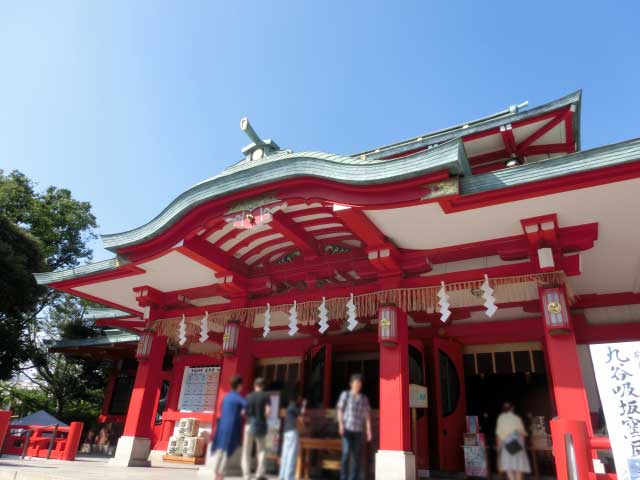
Tomioka Hachiman-gu Shrine
Historical significance: From fishermen's village to bustling merchant district
Fukagawa's history is a fascinating tale of transformation. What began as a small fishing village on the outskirts of Edo gradually evolved into a thriving merchant district through ambitious land reclamation projects. The area's name, which means "deep river," reflects its watery origins and the importance of waterways in its development.
During the Edo period, Fukagawa became a crucial hub for commerce, particularly in the timber trade. The district known as Kiba, or "Place of Wood," was home to extensive lumberyards that supplied the rapidly growing city with materials for construction. The network of canals that crisscrossed the area facilitated the transportation of goods, contributing to Fukagawa's economic prosperity.
This rich history is evident in the area's layout and architecture. The Umibe-bashi Bridge, for instance, was once a vital point for unloading drinking water, as the local wells were unfit for consumption. Today, it serves as a picturesque reminder of Fukagawa's past, with a statue of the famous poet Basho marking the spot from where he embarked on his famous journey.
Geisha culture: Fukagawa's unique contribution to Japanese entertainment
While often overshadowed by more famous geisha districts, Fukagawa played a significant role in the development of geisha culture. The area was known for its haori geisha or tatsumi geisha, who were renowned for their bold and innovative styles. In fact, Fukagawa was home to the first female geisha in Edo, marking a significant shift in the profession that had previously been dominated by male entertainers.
Fukagawa's geisha were particularly known for popularizing the wearing of the haori (a kimono jacket) by women, which was previously worn only by men. This fashion innovation reflects the area's reputation for being at the cutting edge of Edo culture.
Although the number of geisha in Fukagawa declined in the late 20th century, recent years have seen efforts to revive this cultural tradition. Today, visitors can sometimes arrange to meet geisha and witness their preparations, offering a rare glimpse into this fascinating aspect of Japanese culture.
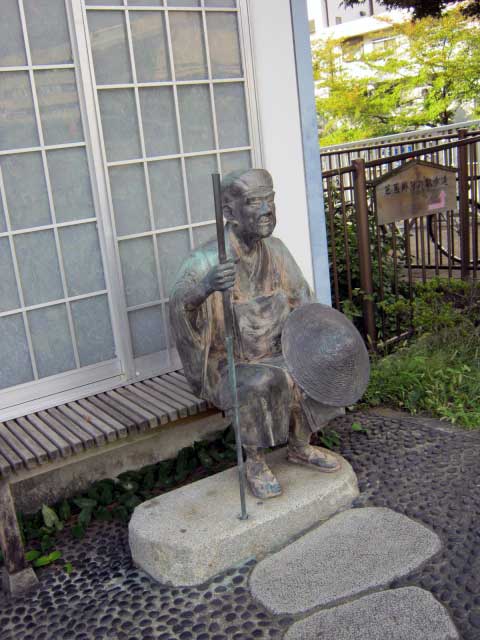
Statue of the poet Basho at Umibe Bridge, Fukagawa, Tokyo
Navigating Fukagawa: Transportation and practical tips for visitors
Exploring Fukagawa is easily accomplished thanks to its well-connected public transportation system. The area is primarily served by two subway stations: Kiyosumi-shirakawa (on the Hanzomon and Oedo lines) and Monzen-nakacho (on the Tozai and Oedo lines). These stations provide convenient access to major sights and are well-connected to other parts of Tokyo.
When planning your visit, consider purchasing a day pass for the subway, which can save you money if you plan to make multiple trips. The Oedo Subway Line is particularly useful for exploring Fukagawa and other shitamachi areas.
For a more leisurely exploration, consider renting a bicycle. Many of Fukagawa's narrow streets and canal-side paths are ideal for cycling, allowing you to cover more ground while soaking in the local atmosphere.
Remember that many of Fukagawa's temples and shrines may have specific opening hours or days when they're closed. The Fukagawa Edo Museum, for instance, is closed on the 2nd and 4th Monday of each month. It's always a good idea to check in advance, especially if you're visiting during public holidays.
Finally, to truly immerse yourself in the local culture, consider staying in one of the area's traditional ryokan or small family-run hotels. These accommodations often provide a more authentic experience and can offer valuable insights into local customs and hidden gems in the neighborhood.
As you explore Fukagawa, let yourself be transported by its timeless charm and rich history. Whether you're savoring a bowl of Fukagawa-meshi, strolling through the serene Kiyosumi Gardens, or joining in the joyous atmosphere of a local festival, you're sure to create lasting memories in this captivating corner of Tokyo.
